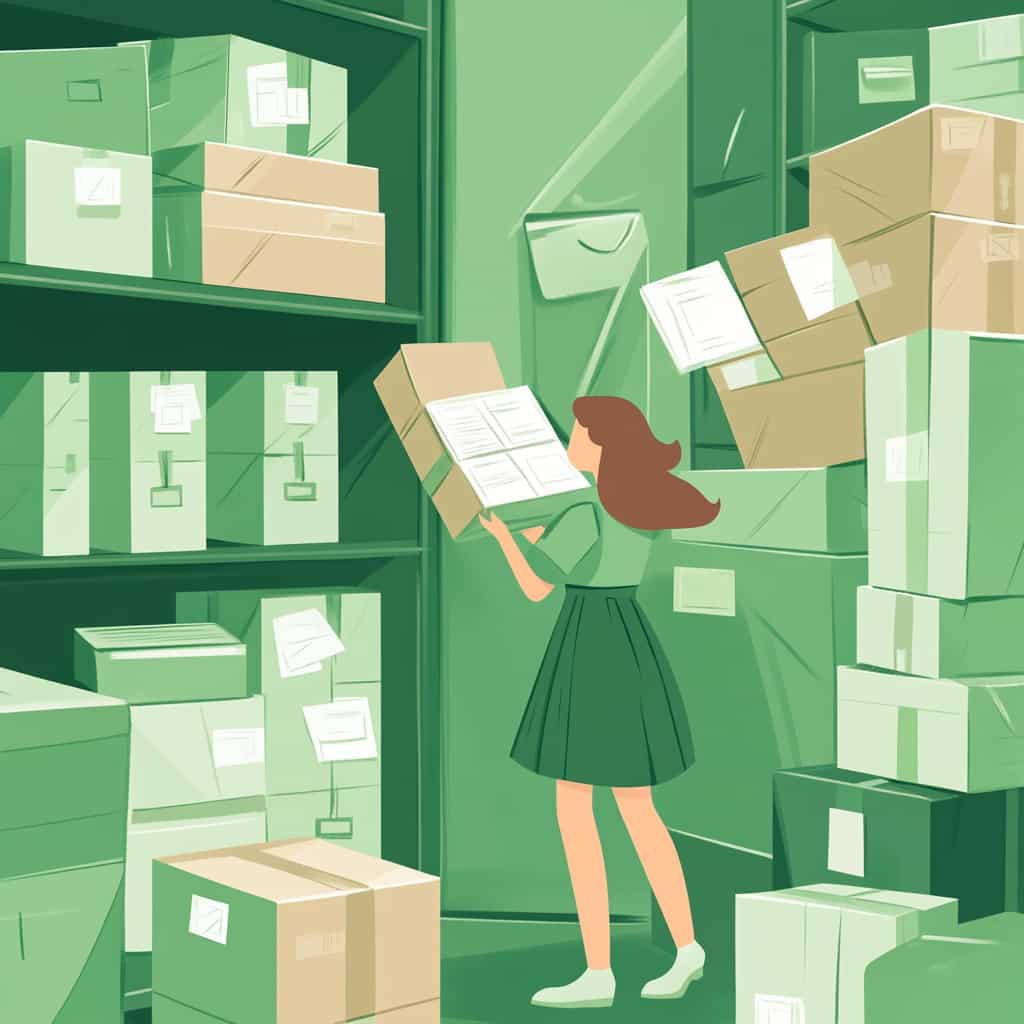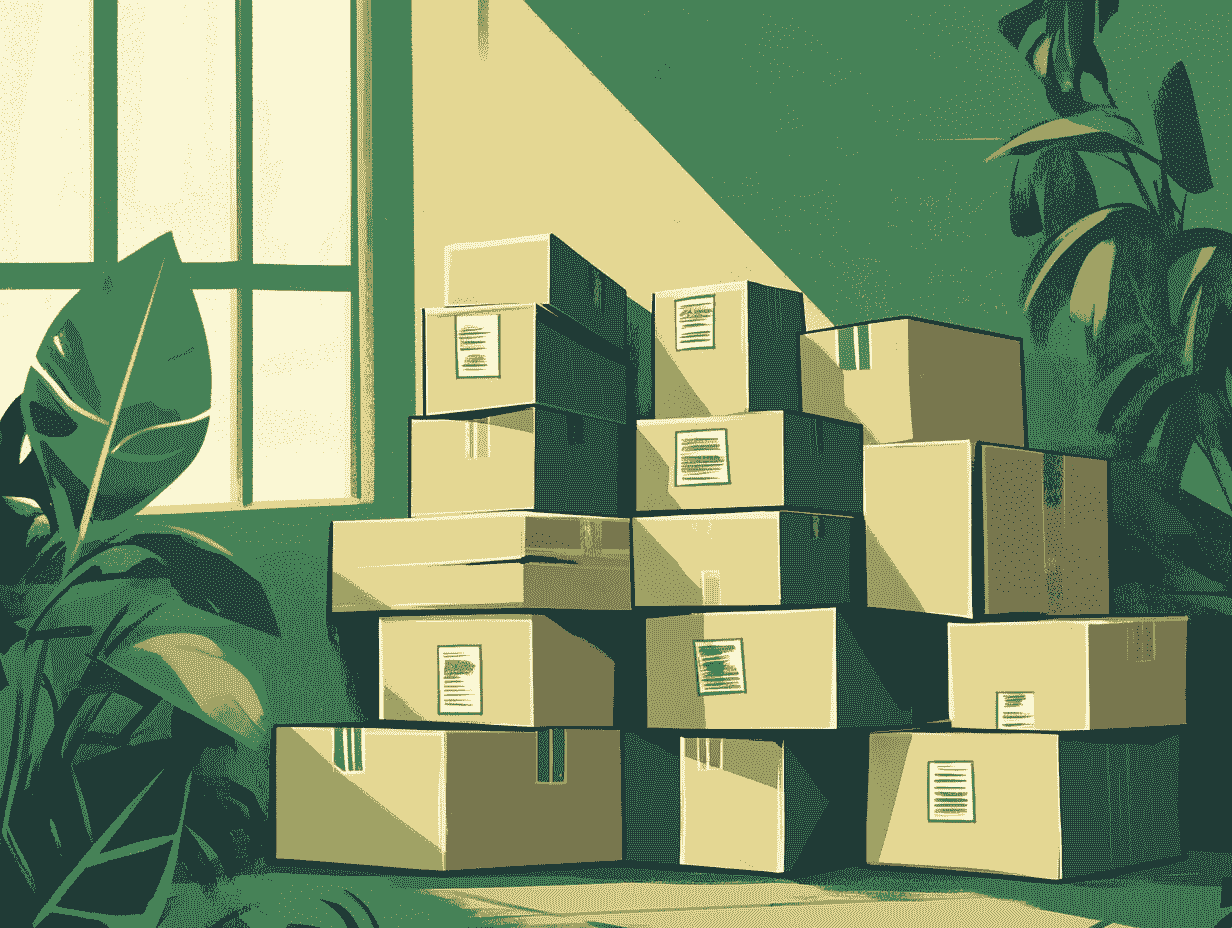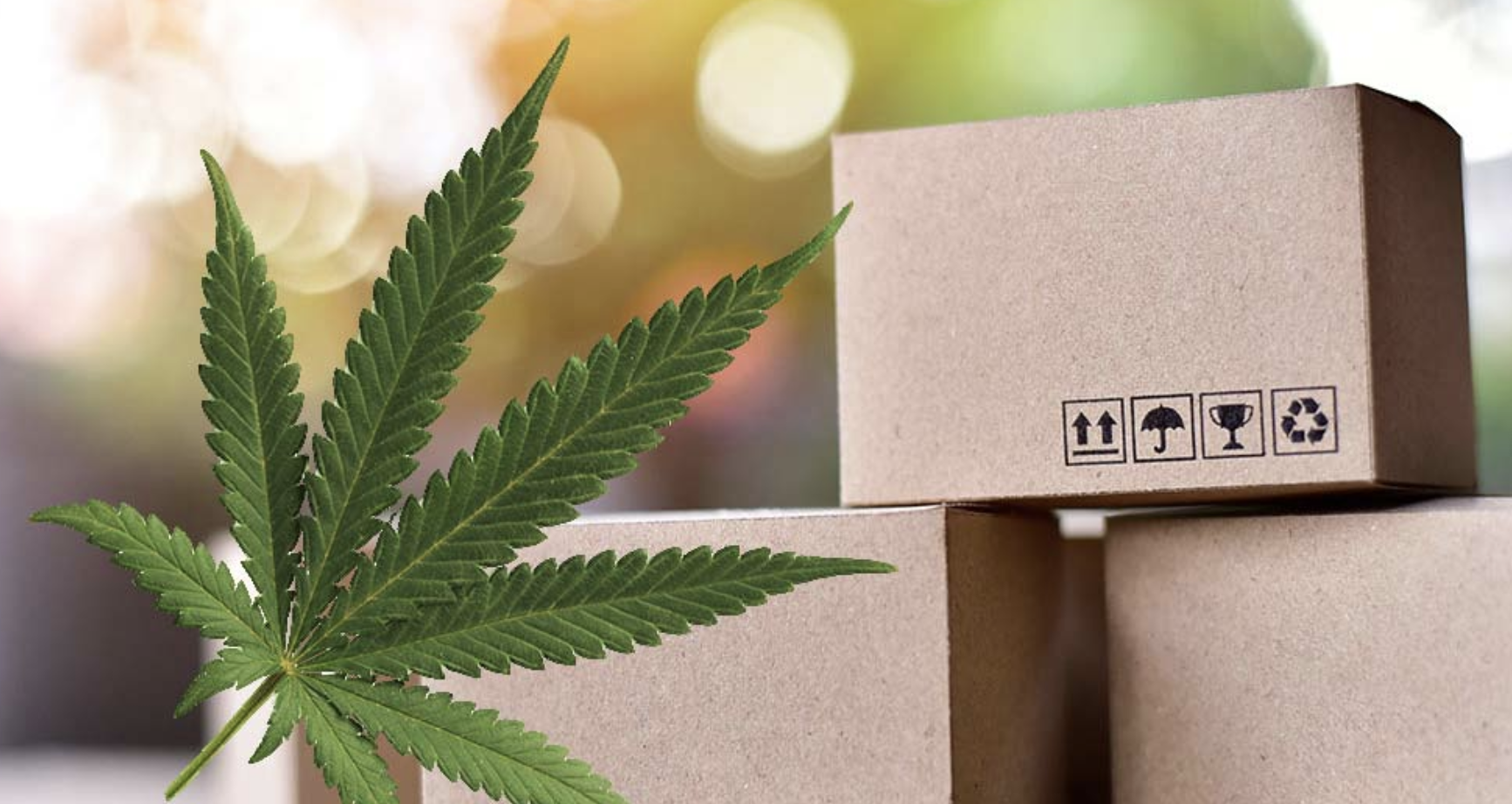Share this
Why Bigger Boxes Aren't Always Better
by Shipfusion Team on Dec. 16, 2024

When it comes to ecommerce shipping, box size plays a significant role in determining both cost and efficiency. A common misconception is that using bigger boxes is better because it simplifies packing and reduces the need to stock various box sizes. However, this approach can lead to a range of drawbacks that ultimately impact your bottom line and environmental footprint. Let’s explore why bigger boxes aren’t the optimal solution and how strategic packaging can make a substantial difference.
The Drawbacks of Using Bigger Boxes
Choosing larger boxes for shipping might seem like an easy solution, but this choice comes with hidden consequences. From financial setbacks to environmental challenges, understanding these drawbacks can help businesses make smarter decisions.
Higher Shipping Costs
One of the most immediate issues with using larger boxes is the increase in shipping costs. Carriers often use dimensional weight pricing (DIM pricing) to calculate shipping fees. This pricing model considers both the package’s actual weight and its dimensions. A larger box that leaves excessive empty space can lead to inflated DIM weight calculations, significantly increasing shipping expenses. For ecommerce businesses operating at scale, these additional costs can erode profit margins and limit growth potential.
For instance, an online store shipping lightweight items like clothing may face steep fees if oversized boxes are used. Even though the items themselves don’t weigh much, the space they occupy can push the shipping cost into a higher price bracket.
Product Damage Risks
Another overlooked risk of using bigger boxes is product damage. A large box that is not filled to capacity allows items to shift during transit. This movement increases the likelihood of products colliding with each other or the box walls, potentially resulting in damaged goods and dissatisfied customers. Damaged deliveries not only affect customer satisfaction but also lead to higher return rates and additional costs associated with processing returns and replacements.
Environmental Impact
The environmental consequences of bigger boxes are significant. Oversized packaging often requires more packing materials, contributing to excess waste. This waste can be hard to recycle or reuse, amplifying the environmental burden. Additionally, the larger the package, the more space it takes up in delivery trucks and planes, which means fewer packages can be transported per trip. This inefficiency leads to an increased carbon footprint per package shipped.
Reducing packaging waste and optimizing the space used within each box align with broader sustainability goals. Many ecommerce businesses are shifting toward eco-friendly practices, and adopting right-sized packaging is a crucial step in this direction.
How to Choose the Right Box Size
Selecting the right box size is not just about fitting products inside. It’s about balancing cost, protection, and sustainability. By evaluating key factors, businesses can make informed choices that optimize shipping.
Selecting the most efficient packaging size requires careful consideration of several factors:
- Product Dimensions: Ensure the box size matches the length, width, and height of your product with minimal excess space.
- Weight: The box should be sturdy enough to hold the product without adding unnecessary weight.
- Fragility: If your product is fragile, consider packaging solutions that offer ample protection without relying on large amounts of filler material.
Using tools like sizing guides and calculators can streamline this process. For example, Shipfusion’s proprietary software helps businesses determine optimal box sizes, ensuring that the chosen packaging is efficient and cost-effective.
Benefits of Optimized Packaging Sizes
Optimizing box sizes goes beyond cost-cutting. It enhances multiple aspects of your business, from operational efficiency to customer satisfaction. Here’s how choosing the right packaging can benefit your operations.
Cost Savings
Switching to right-sized packaging can result in substantial cost savings. By reducing the box size, you decrease the dimensional weight, which directly lowers shipping fees. Additionally, smaller boxes require fewer materials, further reducing packaging expenses. These savings can add up quickly, allowing ecommerce businesses to reinvest in other growth initiatives.
Improved Customer Experience
Customers notice packaging—both good and bad. Oversized boxes filled with excessive packing material can give the impression of wastefulness or carelessness. On the other hand, neat, well-fitted packaging conveys professionalism and attention to detail. When products are securely packed in appropriately sized boxes, the unboxing experience becomes more satisfying for customers, enhancing their overall perception of the brand.
Environmental Responsibility
By minimizing the size of your boxes and reducing the need for extra fillers, you contribute to a more sustainable shipping process. This practice reduces waste and lowers the carbon footprint associated with shipping and logistics. Aligning your packaging strategy with eco-friendly practices not only benefits the environment but also appeals to an increasingly sustainability-conscious consumer base. Highlighting these efforts can further enhance your brand image.
Alternatives to Bigger Boxes for Large Orders
Sometimes, businesses need to ship large orders, and the solution isn’t always a bigger box. Innovative packaging alternatives can provide the necessary protection and space efficiency without excessive volume.
Box Inserts and Fillers
When shipping multiple or fragile items, using smaller boxes doesn’t mean compromising on protection. Box inserts and strategically placed fillers can secure products within a more compact package. Materials such as corrugated dividers or biodegradable packing peanuts can be effective in keeping items stable while minimizing additional weight.
Custom Boxes
Investing in custom-sized shipping boxes tailored to your most frequently shipped products is another effective solution. Although the initial cost may be higher, custom boxes help optimize space and reduce shipping expenses in the long term. Shipfusion’s custom warehouse projects support tailored packaging solutions to ensure that businesses can ship efficiently without unnecessary bulk.
Get Advice on Bigger Boxes and So Much More
The misconception that bigger boxes are better can lead to increased shipping costs, product damage, and environmental inefficiencies. By making strategic packaging choices, ecommerce businesses can mitigate these drawbacks and unlock significant benefits. Reassessing your current packaging practices and exploring solutions like custom-sized boxes and protective inserts can help achieve a balance between cost efficiency and sustainability.
Shipfusion is the best 3PL to optimize your fulfillment strategy and elevate your business operations. Contact us to learn more.
Share this
You May Also Like
These Related Articles

Cheap Shipping Boxes: A Mistake You Can't Afford to Make

What to Consider Before Shipping CBD Products
What Are Shipfusion eCommerce Order Fulfillment Services?
- April 2025 (18)
- March 2025 (26)
- February 2025 (26)
- January 2025 (37)
- December 2024 (16)
- November 2024 (23)
- October 2024 (22)
- September 2024 (27)
- August 2024 (9)
- July 2024 (8)
- June 2024 (5)
- May 2024 (8)
- April 2024 (8)
- March 2024 (6)
- February 2024 (6)
- January 2024 (5)
- December 2023 (3)
- November 2023 (3)
- October 2023 (5)
- September 2023 (4)
- August 2023 (2)
- July 2023 (1)
- June 2023 (4)
- March 2023 (2)
- October 2022 (1)
- September 2022 (5)
- August 2022 (4)
- July 2022 (7)
- June 2022 (4)
- May 2022 (4)
- April 2022 (6)
- March 2022 (2)
- February 2022 (1)
- January 2022 (3)
- December 2021 (2)
- November 2021 (4)
- October 2021 (2)
- September 2021 (5)
- August 2021 (4)
- July 2021 (4)
- June 2021 (3)
- May 2021 (2)
- April 2021 (3)
- March 2021 (3)
- February 2021 (3)
- January 2021 (2)
- December 2020 (4)
- November 2020 (2)
- October 2020 (4)
- September 2020 (2)
- July 2020 (5)
- June 2020 (4)
- May 2020 (2)
- April 2020 (2)
- March 2020 (4)
- February 2020 (1)
- December 2019 (1)
- May 2018 (1)
- March 2018 (2)
- February 2018 (3)
- January 2018 (3)
- November 2017 (3)
- July 2017 (4)
- March 2017 (3)
- February 2017 (5)
- January 2017 (3)
- December 2016 (4)
- November 2016 (6)
- October 2016 (6)
- October 2015 (1)
- September 2015 (1)
- June 2015 (3)
- May 2015 (3)
- August 2014 (1)
- July 2014 (1)
- March 2014 (1)
- February 2014 (1)